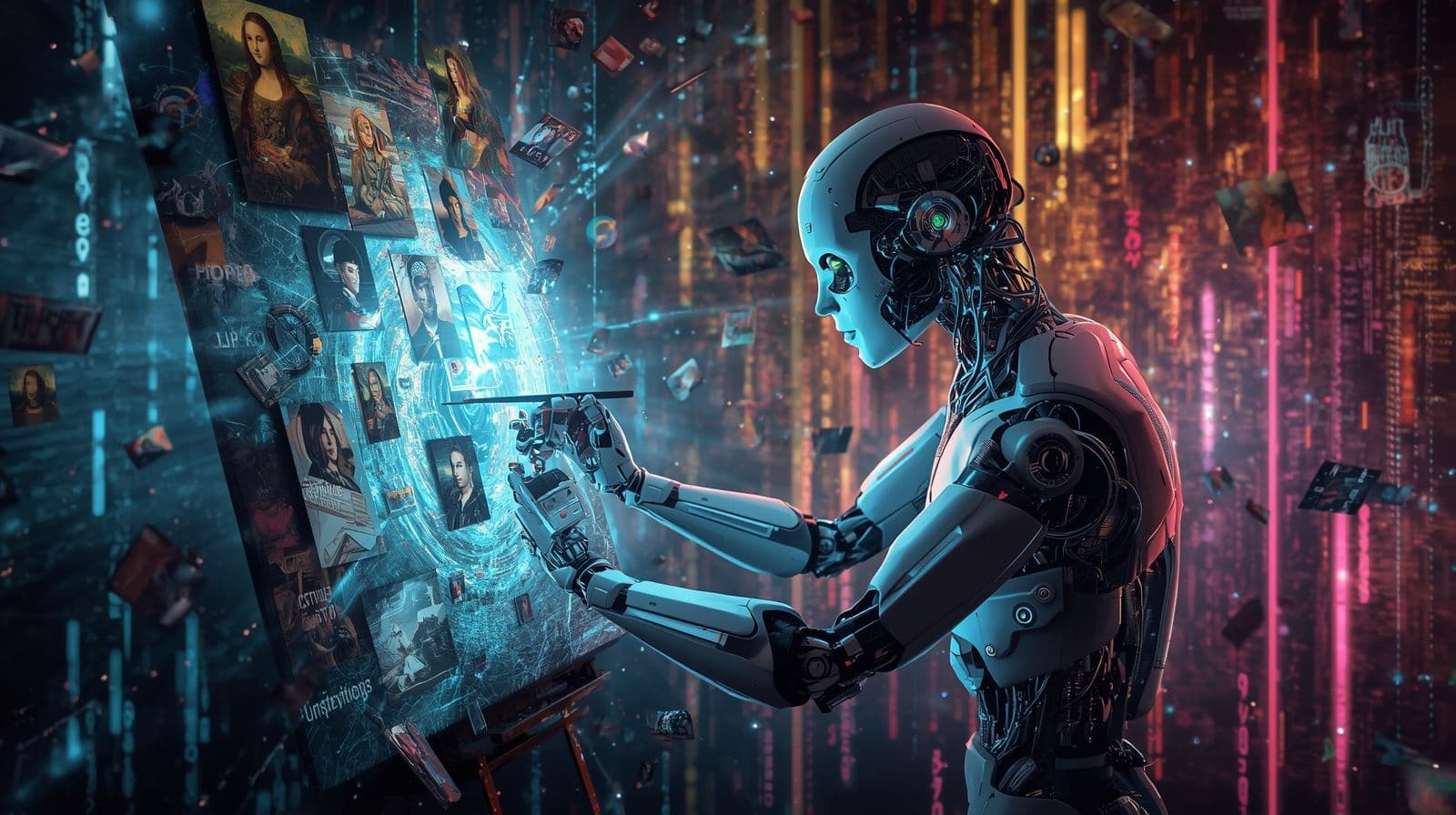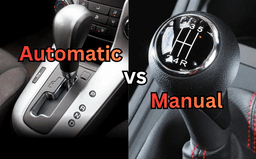How AI Art Doesn’t Just Create — It Remembers: The Hidden Influence of Training Data

When an AI Image Feels Familiar
Imagine scrolling through AI-generated art and spotting a landscape that feels eerily familiar — a pose, a silhouette, or even a color palette that looks like something you’ve seen before. That strange déjà vu isn’t coincidence.
Generative AI tools like DALL-E and Midjourney have transformed how we create images, turning simple text prompts into vivid artwork. But beneath that magic lies memory — and sometimes, fragments of real-world images slip through.
This isn’t a glitch. It’s built into how these systems learn. Let’s explore why AI art “remembers,” how this affects originality, and what it means for creators in 2025.
The Foundations of Generative AI: Training Data Shapes Creativity
What Is Generative AI and How It Works
Generative AI creates content by identifying and remixing patterns in data. Systems like DALL-E and Midjourney use diffusion models, which start with random noise and gradually refine it into coherent images.
At their core are neural networks — algorithms modeled after how our brains recognize connections. They’re trained on millions (often billions) of images to learn relationships between words and visuals.
Think of it like a chef learning recipes: after reading thousands of cookbooks, the chef can invent new dishes — but traces of the originals still show up in every meal.
The Power of Massive Image Datasets
AI’s “creative” ability comes from massive datasets such as LAION-5B, which contains over 5 billion images scraped from the web. These images teach AI how to interpret concepts like “sunset beach,” “modern city,” or “ancient temple.”
However, this process isn’t flawless. Many of these images come from online sources without artist consent, raising major ethical and copyright concerns.
Still, this vast data is what makes AI art look so detailed and polished. Without it, outputs would appear flat and generic.
Why AI “Remembers” Rather Than Invents
AI doesn’t imagine in the human sense — it predicts. When you prompt a model, it combines statistical patterns from training data to form a likely visual result.
Because it’s referencing what it already “knows,” the model can unintentionally reconstruct real images or mimic distinct artistic styles.
Researchers have confirmed this effect, known as memorization. When overexposed to specific visuals during training, models sometimes recreate them nearly pixel-for-pixel. It’s rare but proves how deeply AI “remembers” its data.
Visual Echoes: When Real Images Reappear in AI Art
How to Spot AI’s Hidden Memory
You can often notice signs that AI is recalling real data:
- Poses or gestures identical to popular stock photos
- Lighting patterns that perfectly match iconic photography
- Specific background textures or brush styles found in known artworks
- Visual signatures of well-known artists appearing in unrelated prompts
These subtle details create the illusion of creativity — when in reality, they’re echoes from the model’s dataset.
Real Examples of AI Memorization
In 2022, Midjourney users shared outputs almost identical to concept art by Syd Mead.
DALL-E, in early experiments, reproduced logos and marketing images when prompted cleverly.
A University of Chicago study identified over 1,000 instances where AI outputs matched existing images in datasets — proving that memorization isn’t rare.
These incidents reignited debates about originality and fair use in AI-generated media.
Why It Happens: The Technical Reason
This issue largely comes from overfitting — when a model memorizes training examples instead of generalizing from them. In simple terms, it “remembers answers” instead of “understanding patterns.”
Since diffusion models refine images step by step from noisy data, strong imprints in their training sets can persist. The result? Visual fragments from the past that resurface in the present.
Ethical Implications: Creativity vs. Copying
Copyright and Ownership Challenges
If AI art borrows from copyrighted material, who owns the result? That’s the billion-dollar question.
Artists have filed lawsuits against major AI companies, arguing that their works were used without permission to train systems like Stable Diffusion. These legal battles will determine whether AI-generated works can be considered derivative or original.
Until clear laws exist, creators face a gray area. Some platforms already limit or ban AI-generated submissions to avoid potential copyright violations.
Impact on Artists and the Creative Economy
AI’s ability to mimic styles affects real artists. Many illustrators report losing clients to quick AI alternatives. One survey found that 40% of professional artists fear income loss due to generative tools.
However, others use AI as a creative partner — not a replacement. By combining AI drafts with human touch, they maintain individuality while using technology as inspiration.
Advocates are calling for transparency in datasets and licensing systems where artists can opt out or be credited for their contributions.
Regulation and Transparency: The Way Forward
To restore trust, policymakers and companies must adopt transparency standards. The EU AI Act already requires disclosure for high-risk AI models, including those used in creative work.
Adobe’s Content Authenticity Initiative is another promising step. It tags digital images with metadata, allowing anyone to see whether AI was involved in their creation.
For now, users can help by supporting ethical AI tools, reverse-searching outputs to check origins, and advocating for fair data practices.
The Future of AI Art: From Memory to True Innovation

Reducing Memorization with New Techniques
Researchers are developing methods to make AI art more original:
- Filtering out duplicate or copyrighted images from datasets
- Using synthetic training data generated by other AI systems
- Fine-tuning models on custom, licensed datasets
- Penalizing outputs that too closely resemble training data
One Google study showed that improved data filtering reduced repeated imagery by 20%, showing real progress toward originality.
How Creators Can Stay Unique Using AI
AI should be a creative assistant, not the artist itself. Here are practical ways to keep originality intact:
- Start with AI drafts, then edit or paint over manually
- Add “original style” or “no copies” instructions in prompts
- Fine-tune smaller models using your own portfolio
- Build hybrid workflows that mix human creativity with AI speed
This keeps the human fingerprint alive — and makes your art stand apart in a world of mass AI production.
The Cultural Shift Ahead
AI’s “memory” changes how society views creativity. Instead of replacing artists, it’s becoming a mirror of human inspiration — showing how all creation draws from memory.
Open-source communities are already experimenting with self-trained models, ethical datasets, and improved transparency. The conversation is shifting from fear to collaboration.
Perhaps the most profound realization is this: every artist remembers, and so does AI — it’s just a reflection of how creation works at scale.

Conclusion
AI art doesn’t emerge from nothing. It’s built on memory — billions of images and visual fragments that fuel the creativity we see today. While tools like DALL-E and Midjourney push boundaries, they also raise important questions about originality, authorship, and fairness.
As technology evolves, responsible innovation is key. Support transparency, respect creators, and use AI as a tool — not a substitute. The future of art will belong to those who blend intelligence, ethics, and imagination.
Related Posts
 Why India Can't Afford to Miss the AI Race
Why India Can't Afford to Miss the AI RaceNovember 13, 2025



